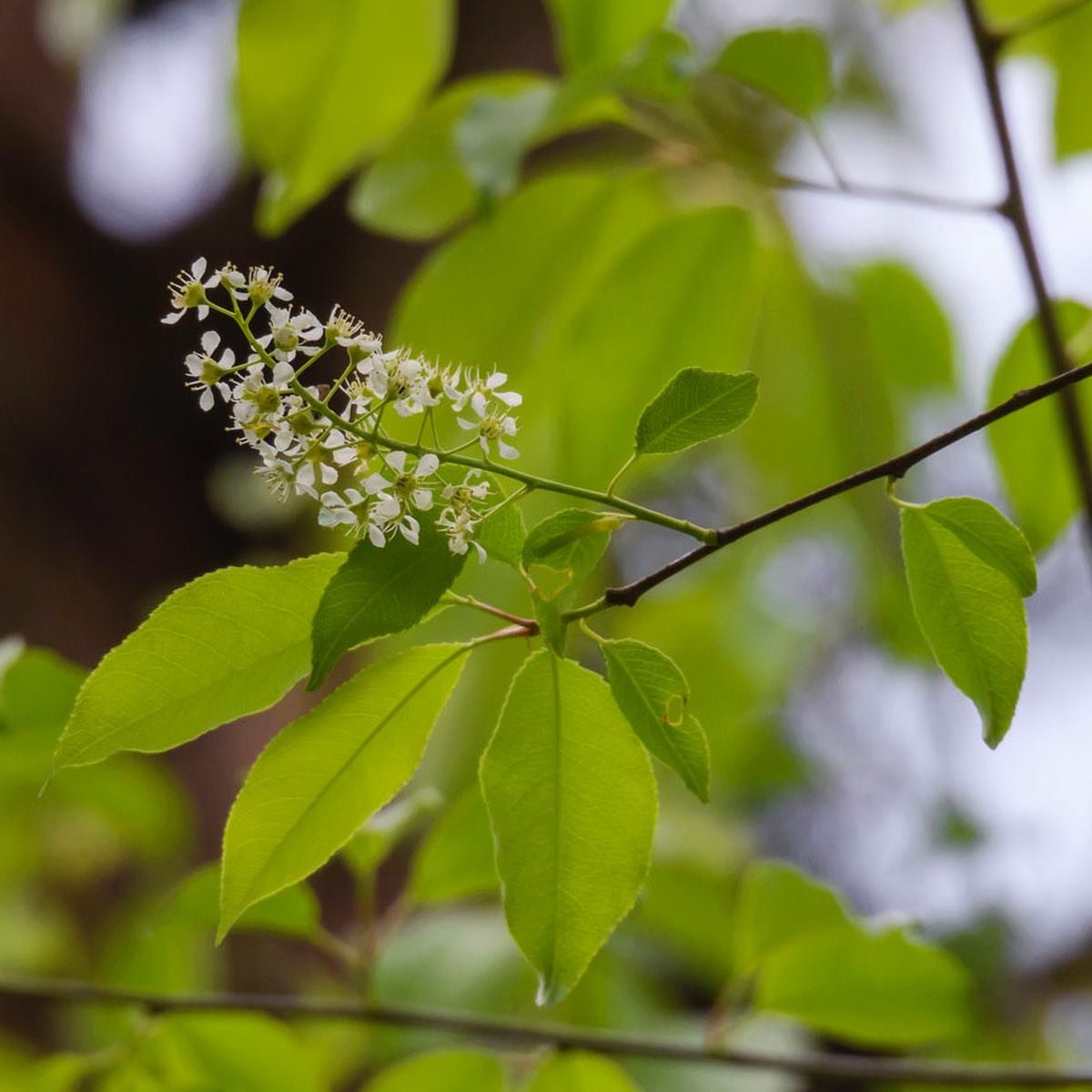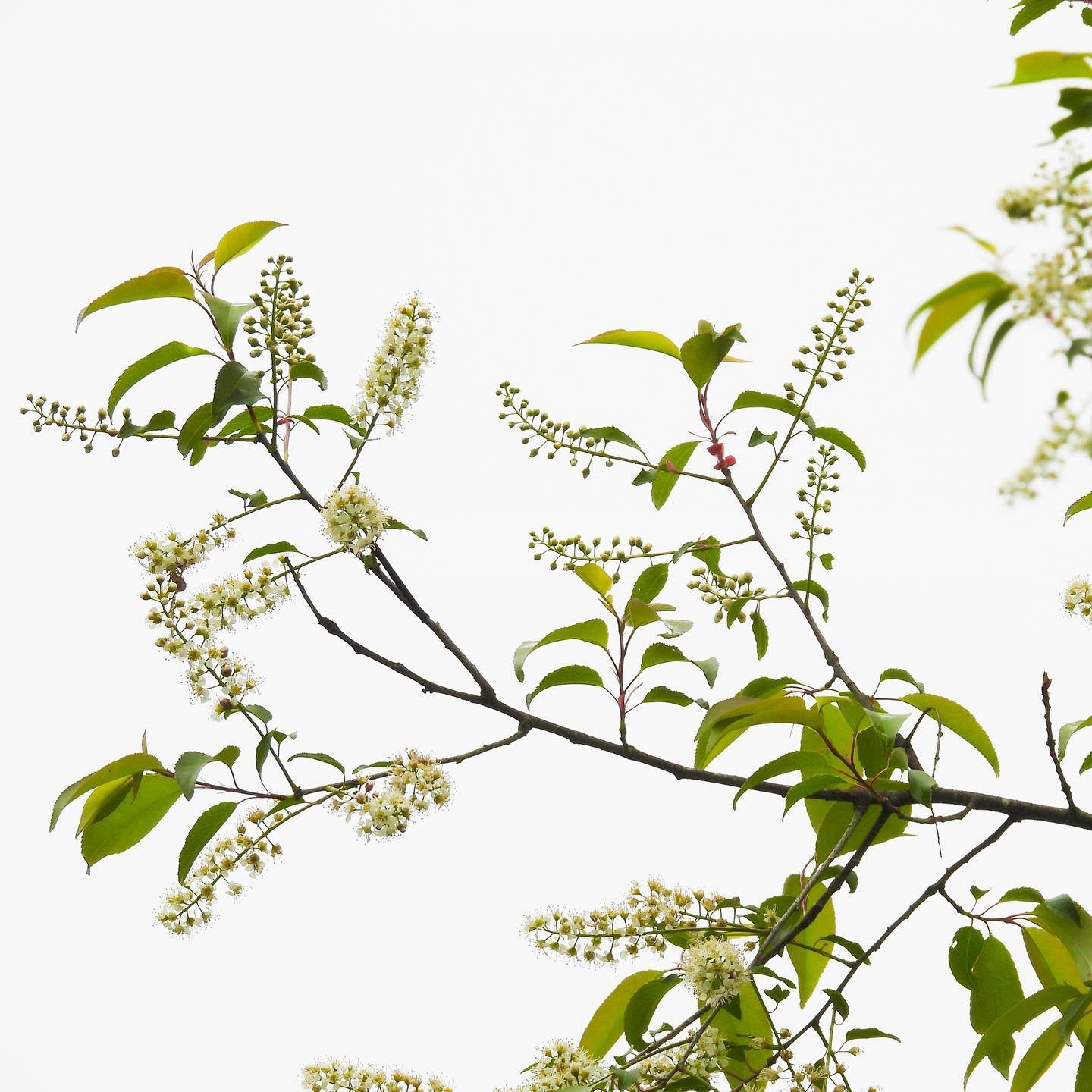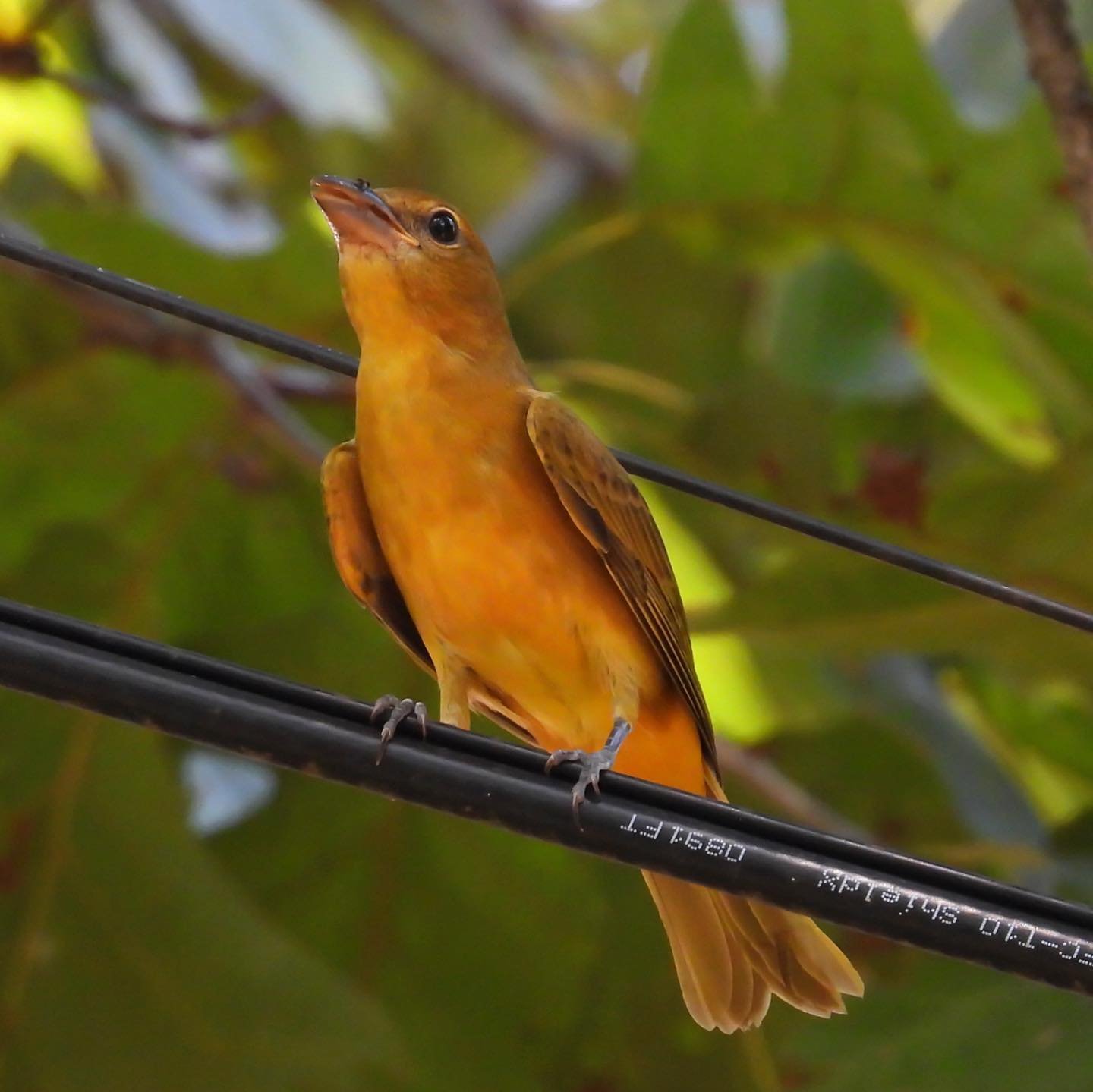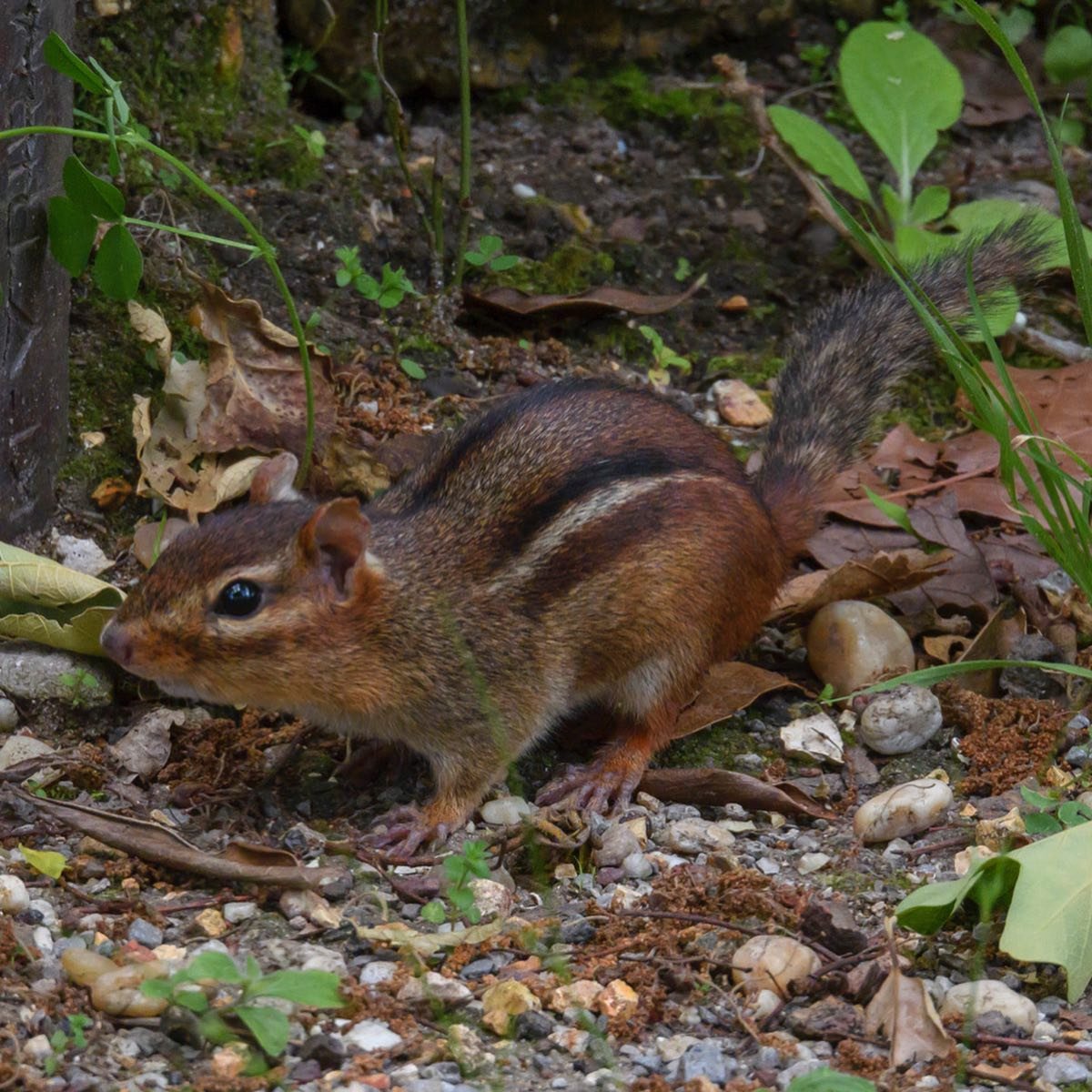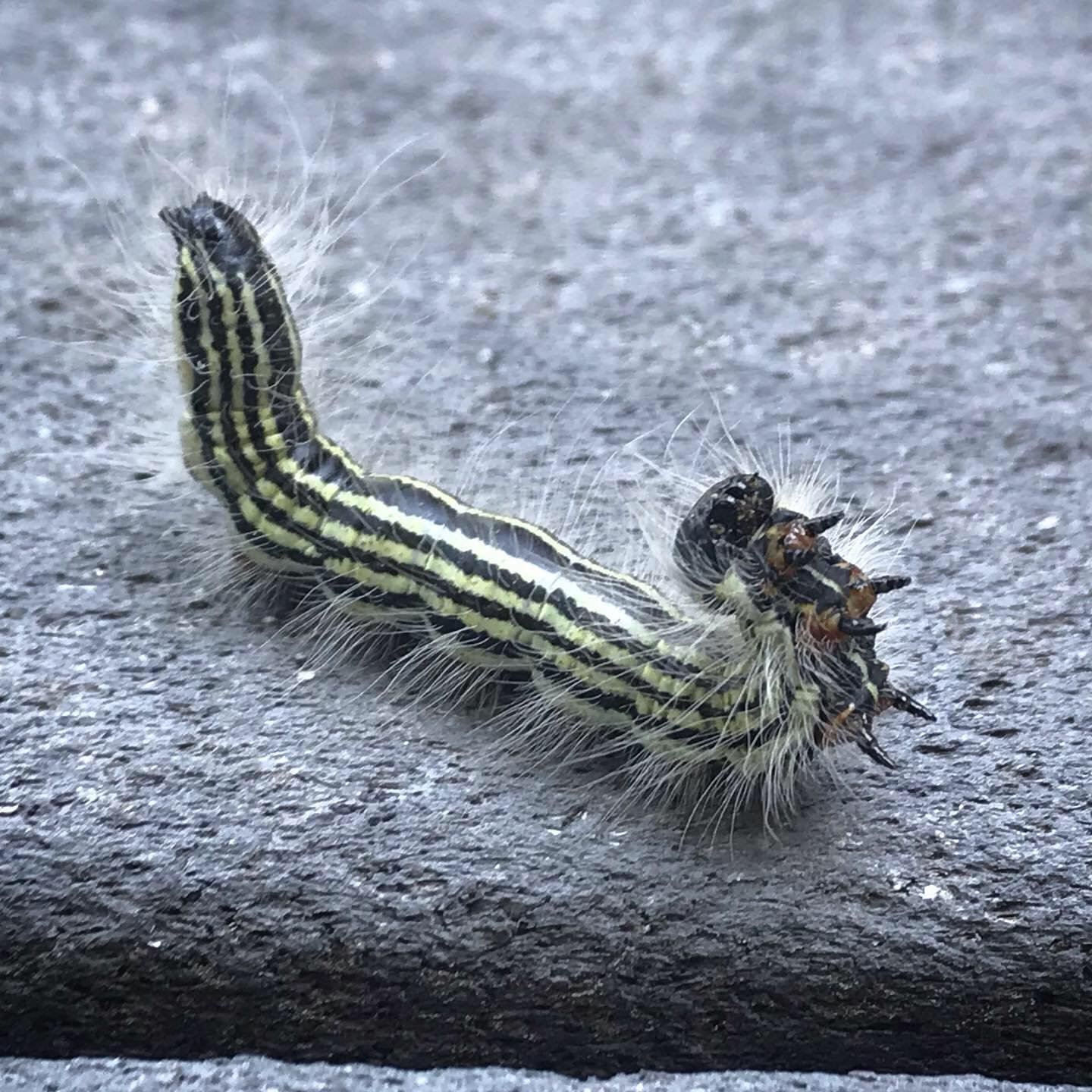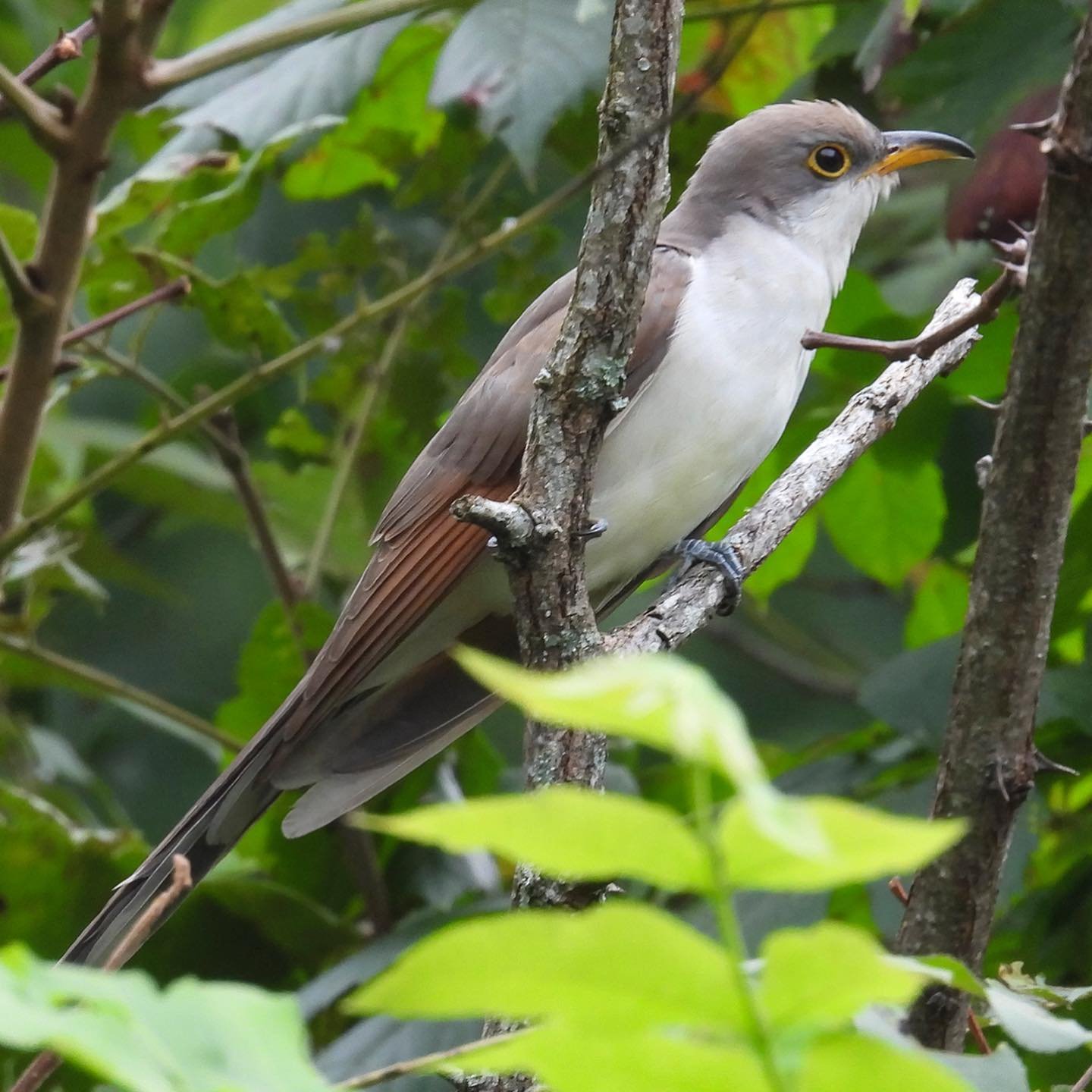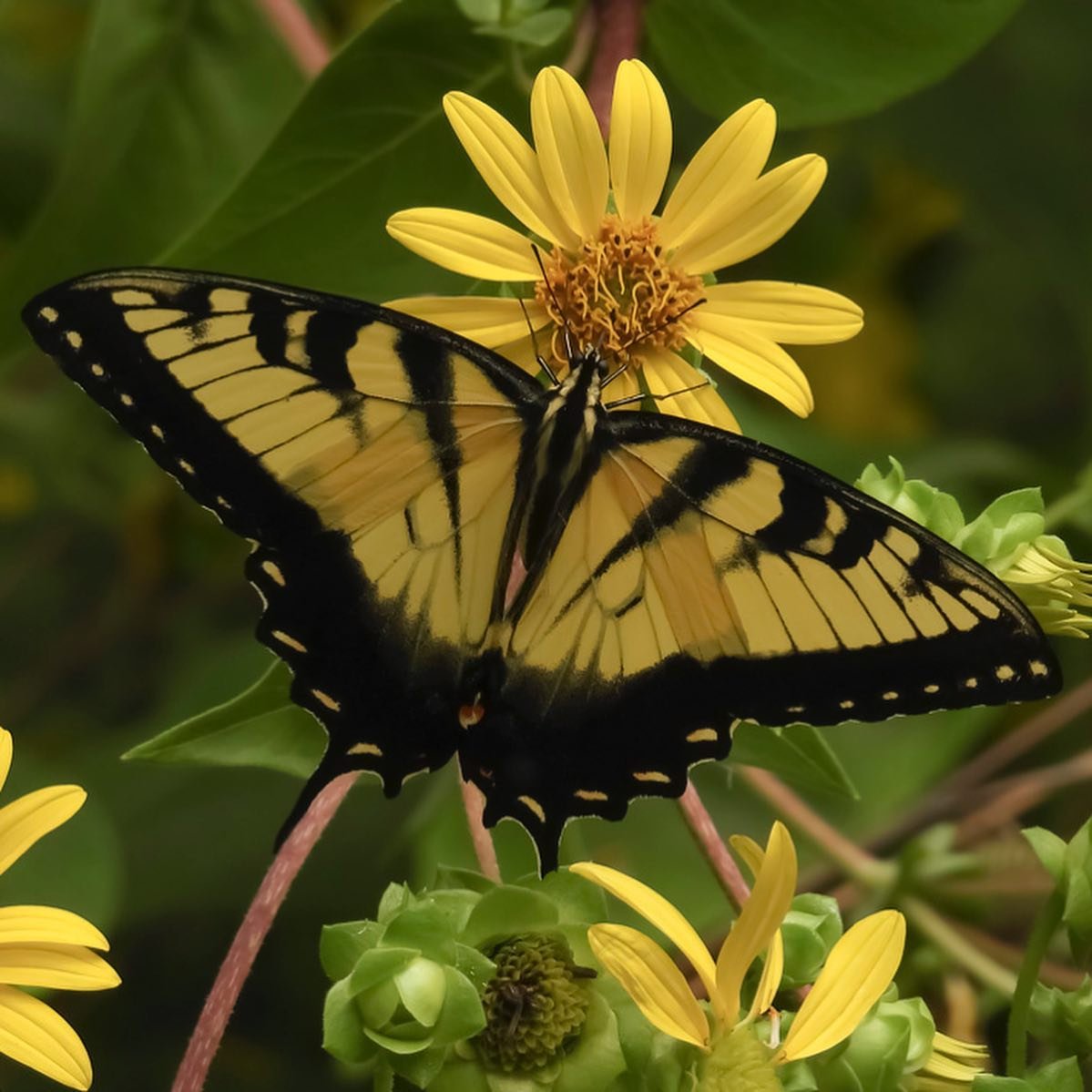Some people love them, and some love to hate them (they can be a little weedy in places), but black cherry trees are ecological superstars in the natural world, and we want people to love them as much as we do. You can buy one at Greenhouse Days: Saturday, April 22. We’re open from 10 am until 2 pm.
Black cherry (Prunus serotina) flowers offer nectar and pollen to insects, small red or black fruits are a favorite food to many species of birds and mammals, and the trees serve as larval host to more than 450 species of butterflies and moths (this amazing fact comes from nature superstar, Doug Tallamy, author of Bringing Nature Home, Nature’s Best Hope, and the guy who started the movement, Homegrown National Park).
Imagine having a black cherry tree in your yard and watching nature in action— wonderful interactions between plants and nature all year long.
In the spring, long clusters of white flowers protrude from limbs, enticing pollinators to drink and eat, and in return, the tree’s pollen is transferred to other flowers. Successful pollination will insure the production of fruit. Fruits ripen in late summer to early fall. Fruit-eating birds like tanagers, American robins, cedar waxwings, thrushes, bluebirds, and woodpeckers gobble up the cherries. Chipmunks and squirrels will too.
Eastern tent caterpillars may seem unsightly, but to the yellow-billed cuckoo, they are a delectable snack, bristles and all.
Eastern tiger swallowtail butterflies are just one of the many species of butterflies to lay eggs on the tree. Their caterpillars nibble the leaves, often undetected by us but sought out by foraging birds to feed themselves and their young. Another amazing fact from Tallamy: A single pair of breeding chickadees must find 6,000 to 9,000 caterpillars to rear one clutch of young!
